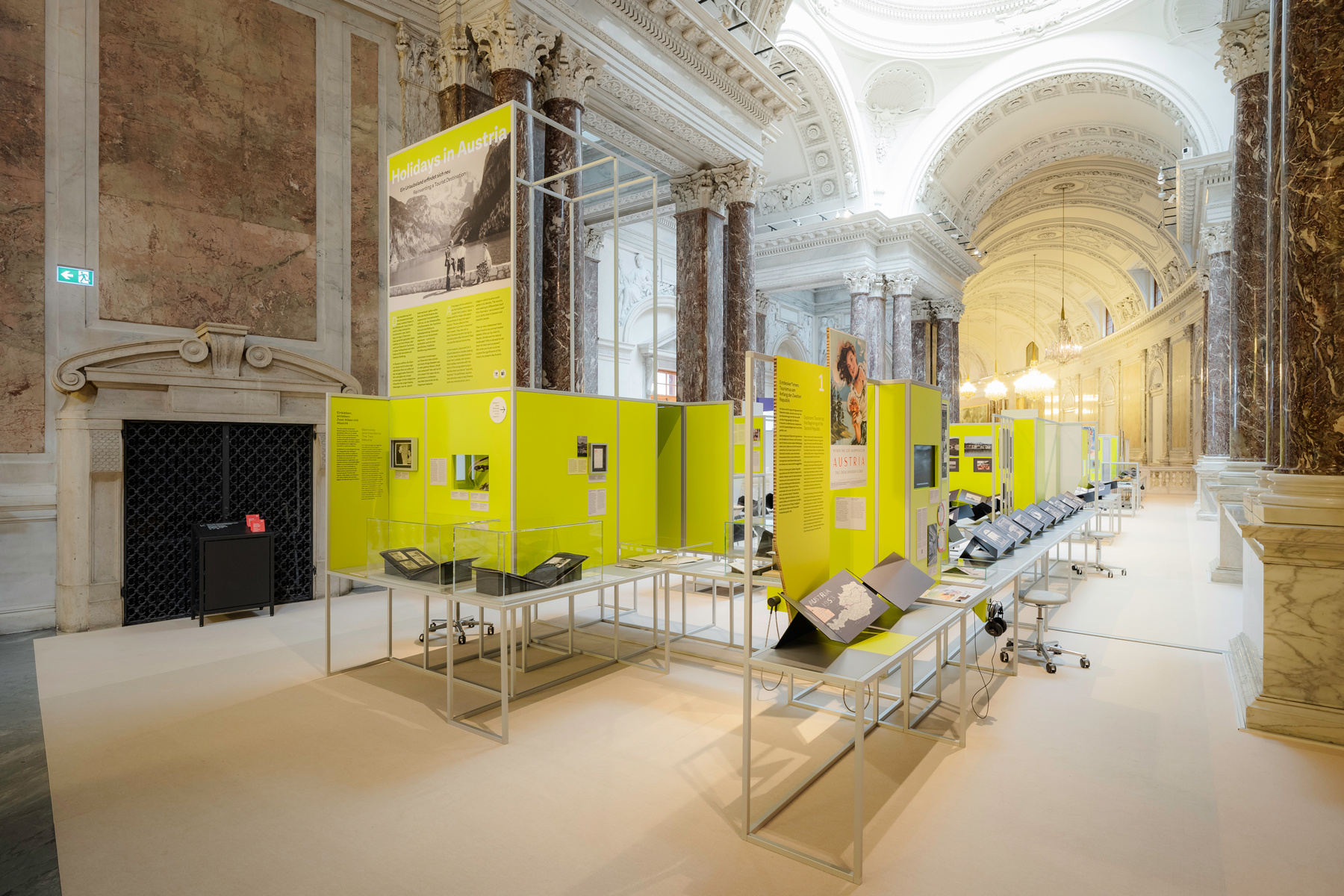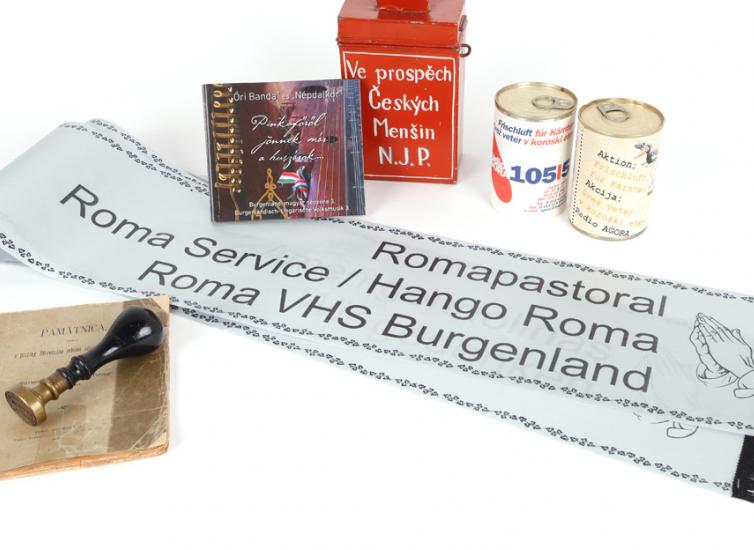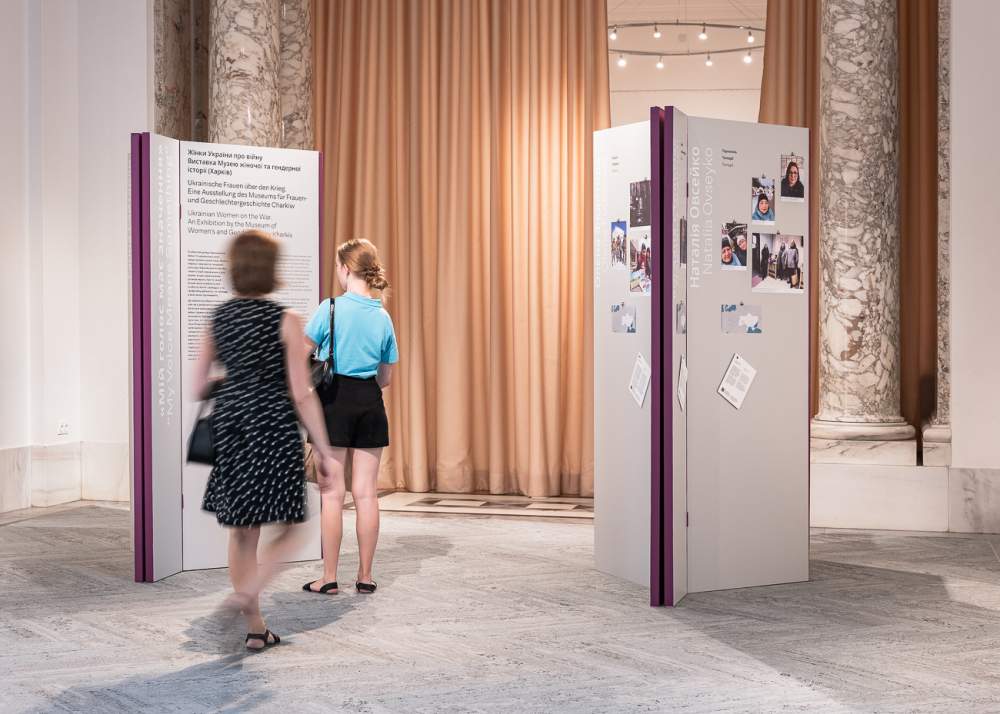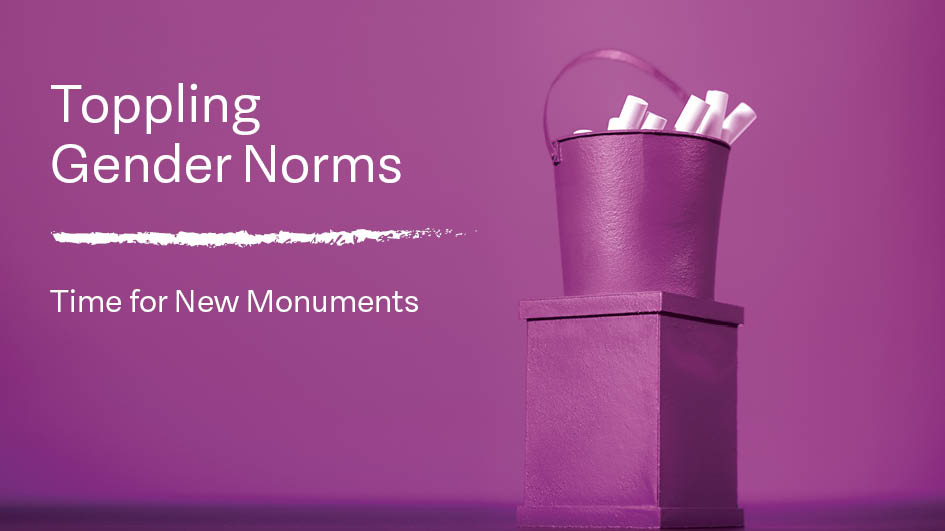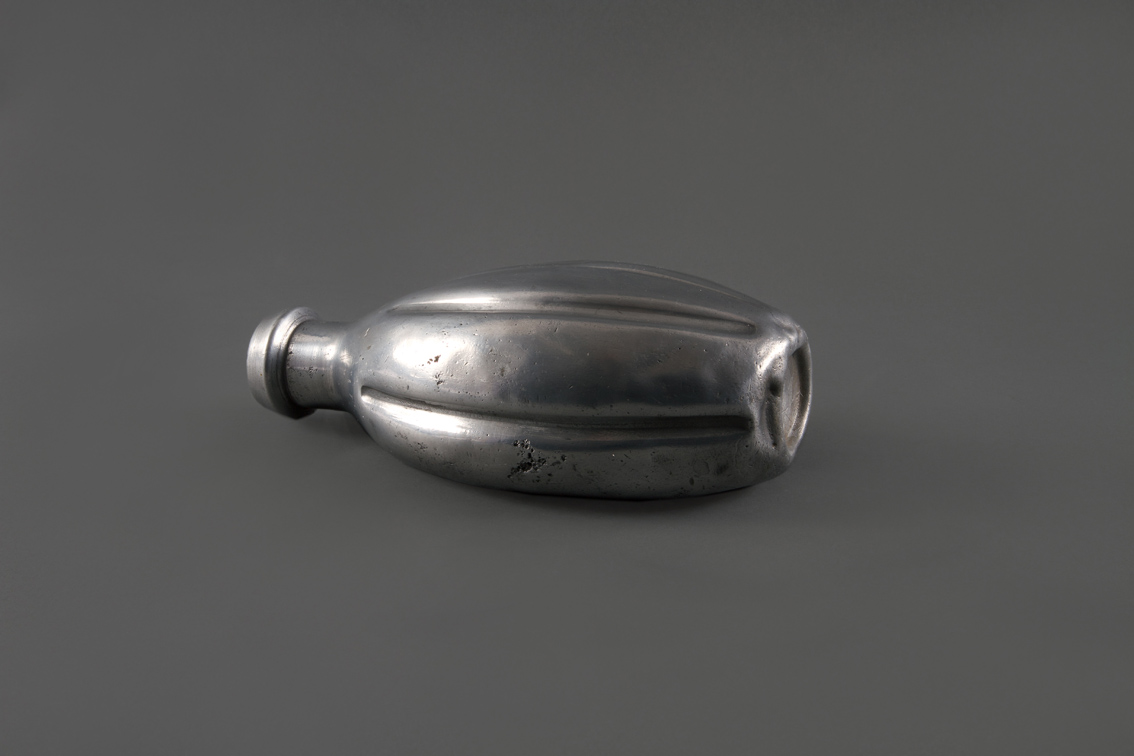Holidays in Austria. Reinventing a Tourist Destination
14 March 2024 to 6 January 2025
What do the memories of a holiday taken 70 years ago tell us about Austria today? How did Austria become a “tourism nation”? When Austria reinvented itself after the end of Nazi rule and the Second World War, the idea of it as a holiday destination played an important role. War-damaged Austria marketed itself abroad as an idyllic location and affordable place to go on holiday. This also shaped how people in Austria saw themselves.
Taking two unique photo albums belonging to a British couple from the 1950s as its starting point, the new hdgö special exhibition “Holidays in Austria. Reinventing a Tourist Destination” explores this little-told history and traces the idea of Austria as an aspiring tourist destination back to its roots. With a wealth of surprising objects, it gives a strong sense of the continued resonance of this early phase of the tourist industry today. Discover where present-day clichés and images of Austria came from and how they have changed over time.
More on the exhibition here
Catalogue on the exhibition/Ausstellungskatalog:
Holidays in Austria. Ein Urlaubsland erfindet sich neu. Reinventing a Holiday Destination. Ed. by Monika Sommer, Stefan Benedik, Antonia Heidl. Wien 2024. 148 p.
